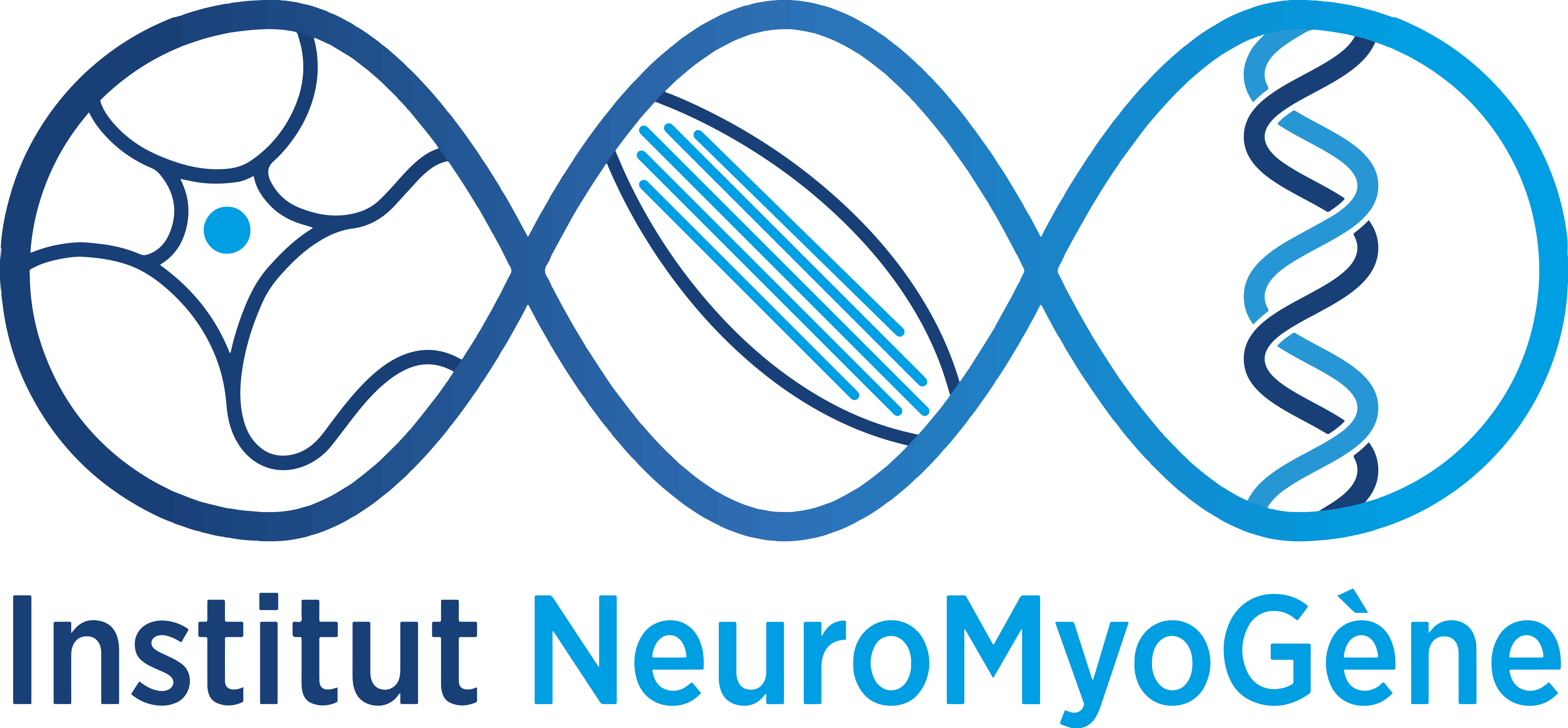We are pleased to welcome Philippos Mourikis from the INEM (Institut Necker Enfants Malades) in Paris, on July 18th invited by Rémi MOUNIER
He will give a seminar at 11am entitled: “ Intrinsic Control and Lineage Plasticity of Pax7⁺ Muscle Progenitors ”
📍The seminar will be in the Amphi Hermann, 1st floor.
For PGNM Students and Postdocs, you can register for lunch HERE!
Abstract
Muscle stem cells (MuSCs) rely on a finely tuned niche to preserve their quiescent state and long-term regenerative capacity. Several biological mechanisms have been identified to regulate quiescence, including inhibition of differentiation, adhesion-dependent anchoring, and translational control. Here, we reveal a new quiescence paradigm that involves the cell-autonomous production of an extracellular matrix network that protects MuSCs from aberrant growth factor signaling. Central to this mechanism is the direct induction of the matrix glycoprotein Fibrillin-1 (Fbn1) by Notch signaling. Using mouse models, we demonstrate that Notch activation in MuSCs leads to FBN1 overproduction, whereas Fbn1 loss-of-function disrupts quiescence, triggers TGFβ pathway hyperactivation, and ultimately depletes the MuSC pool. Pharmacological inhibition of TGFβ pathway using an Angiotensin Receptor blocker (ARB) rescues the cellular defects of Fbn1 mutant muscles and restores muscle performance. These findings reveal a new quiescence-preserving mechanism through extracellular matrix-mediated shielding from mitogenic signals, and position stem cell dysfunction as a driver of MFS myopathy, with ARB as a promising therapeutic strategy.
Publications
- Chrysostomou E, Mourikis P. “The extracellular matrix niche of muscle stem cells”. Review with original data. Curr Top Dev Biol. (2024).
- Machado, L., Geara, P., Camps, J., Dos Santos, M., Teixeira-Clerc, F., Van Herck, J., Varet, H., Legendre, R., Pawlotsky, J.P., Sampaolesi, M., Voet, T., Maire, P., Relaix, F. and Mourikis, P. “Tissue damage leads to a conserved stress response that initiates quiescent muscle stem cell activation ». Cell Stem Cell (2021).
- Baghdadi MB, Firmino J, Soni K, Evano B, D. G, Mourikis P, Castel D, Tajbakhsh S. 2018b. » Notch-Induced miR-708 Antagonizes Satellite Cell Migration and Maintains Quiescence ». Cell Stem Cell (2018).
- Baghdadi, M., Castel, D., Machado, L., Fukada, S., Birk, D, Relaix, F., Tajbakhsh, S. and Mourikis, P. “Reciprocal signalling by Notch-Collagen V-CALCR retains muscle stem cells in their niche”. Nature (2018).
- Machado, L., Esteves Fabre, O., Proux, C., Legendre, R., Szegedi, A., Varet, H., Ingerslev, L. R., Barres, R., Relaix, F. and Mourikis, P. “In Situ Fixation Redefines Quiescence and Early Activation of Skeletal Muscle Stem Cells”. Cell Reports (2017).

